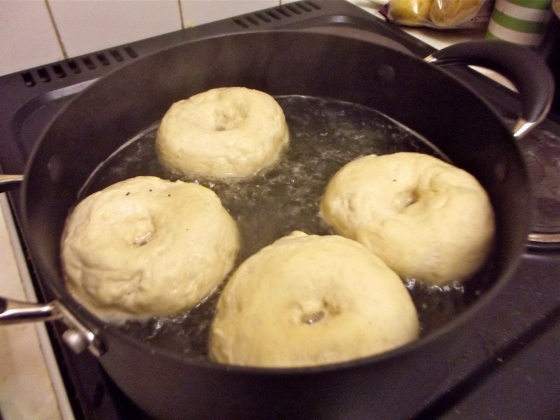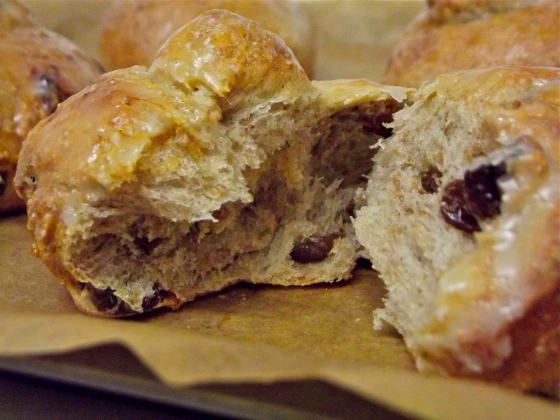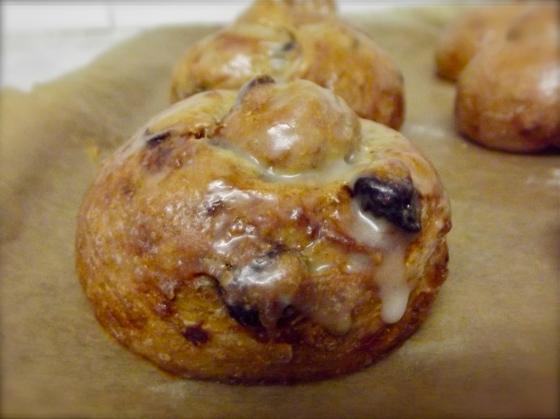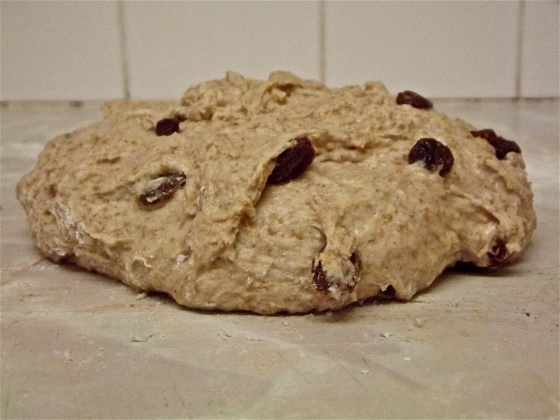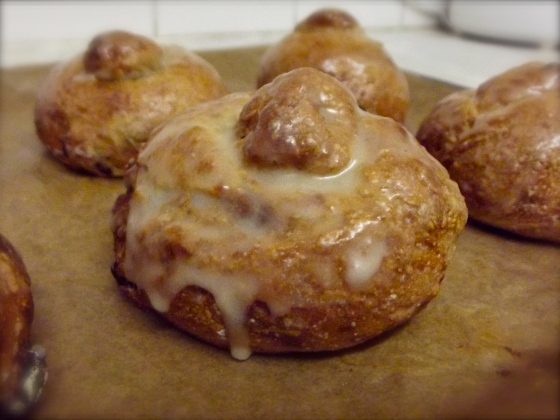To say I’ve been on a blogging hiatus would be an incredible understatement. It’s been a crazy, wonderful and joyous eight weeks since I last found myself here, writing about my kitchen adventures. Over 15,000 miles have been travelled, 8 flights have been boarded, 5 countries have been visited (albeit, 2 just in passing), hundreds of hugs have been given and received, dozens of loved ones have been visited, 7 temporary homes have been inhabited, filled with countless hours of laughter, and many hello and goodbye tears have been shed. A lot has happened in eight weeks.
I’m blessed to have so many loved ones tucked away in so many corners of the world. Their houses and their hearts, I call home.
That being said, I’m back to the real world now, which for me means exams. And exams mean stress baking. So far this week, my oven has been home to Chocolate Whaki Cake and Giant Double Chocolate Chunk cookies. There seems to be a chocolate theme in my life at the moment (wait until I tell you about Chocolate Red Wine Cookies in my next post). I’ve got big plans for some overripe bananas later today as well, and I have a feeling that too will involve something chocolatey. You’ll be hearing about all of these wonderful sugary things in the near future now that I’m resuming a more normal blogging schedule. Despite my better instincts, I’m putting all the sugar and chocolate aside for today to tell you about my very first attempt at making bagels.
My best friend Betty works in a bagel bakery, so you could say that this baking experiment was somewhat inspired by her. Check out her amazing rendition of the ‘Bagel Avengers’ below. With ads like that, who wouldn’t want to buy bagels from Betty? I’m not baking bagels at a pro level yet, but this recipe was a safe starting point for me.
Most recipes start with a sponge, which is a mixture of yeast, flour and water that you allow to sit for at least a few hours before beginning the bagel dough. This recipe is doesn’t start with a sponge, and in the end, it seemed as though it lacked a bit of the sourdough-type taste that a lot of bagels have. For my next bagel endeavor, I will try a slightly less basic recipe with a sponge, and maybe make it a whole-wheat version as well. All in all, I was pleased with the bagel results after only playing around in the kitchen for a few short hours. I’d definitely recommend this recipe as an introduction to bagel-making techniques, or a fun substitute to homemade bread.
Homemade Bagels
makes 12-15 bagels
- 2 cups warm water
- 2 packets active dry yeast
- 2 tablespoons honey
- 3 cups all-purpose flour
- 2 and 1/2 cups bread flour
- 1 teaspoon salt
- 1 tablespoon brown sugar
- about 10 ounces freshly grated parmesan cheese (if using for topping)
- mixed seeds (I used poppy and sesame seeds)
- vegetable oil for brushing
In the bowl of an electric mixer, combine the warm water, yeast and honey. Stir just to combine and then allow the mixture to sit for about 10 to 15 minutes, or until foamy. Gradually add in the salt, 2 cups of all-purpose flour, and 2 cups of the bread flour using a dough hook on low speed.
If your dough is still sticky after mixing for about 5 minutes, add 1/2 cup more of the all-purpose flour and the remaining 1/2 cup of the bread flour. My dough was still very sticky, and I ended up having to add the full 1/2 cup of each type of flour. Continue mixing until the flour is completely combined and the dough is formed. Remove the bagel dough from the mixer bowl and knead it with your hands. Form it into a ball and knead in the remaining all-purpose flour if the dough is still sticky. The dough should be quite thick and more stiff than most other yeast bread doughs.
Brush a large bowl with oil and the place the dough ball into it, rotating it a few time to coat it lightly in the oil. Cover the bowl tightly with cling film and allow it to rise for an hour, or until doubled in size. I put my dough in my oven at the lowest temperature because my kitchen is a bit on the cold side. Punch down the risen dough ball and place it on a lightly floured surface. Divide the dough into about 12 pieces that are between 2.5 and 3 ounces each. Using electric scales speeds up this process so much! Roll each dough portion into a ball and place on oiled baking trays. Cover with a kitchen towel and let the dough balls rise for 30 minutes.
Fill a large stock pot with water and add the brown sugar, letting it come to a boil. While the water is heating, poke a hole with your finger through the middle of each risen dough ball. Twirl it lightly around your finger to shape each into a bagel. Allow the bagels 10 to 15 minutes to rest until the water comes to a rolling boil. Preheat your oven to 400°F (200°C) while waiting.
Add about four bagels at a time to the boiling water, allowing them to cook for 2 minutes on one side. Then flip the bagels with a wooden spoon and cook them for an additional 30 seconds.
Remove the bagels from the boiling water, immediately placing them in a bowl of your desired toppings. I put half my bagels in the seed mixture and the other half in grated parmesan cheese. You may have to press the topping on slightly to make sure that they stick (especially when you try to pile on as much cheese as I did). After all the bagels have been boiled and topped, place the baking tray of bagels on the middle rack of the oven and bake for 28 to 35 minutes. My oven cooks unevenly, so I turned the pan around after about 15 minutes. Once baked and golden, let your bagels cool completely on a cooling rack before toasting and topping with butter or cream cheese.
Source: Adapted from How Sweet It Is’ Homemade Asiago Bagels








